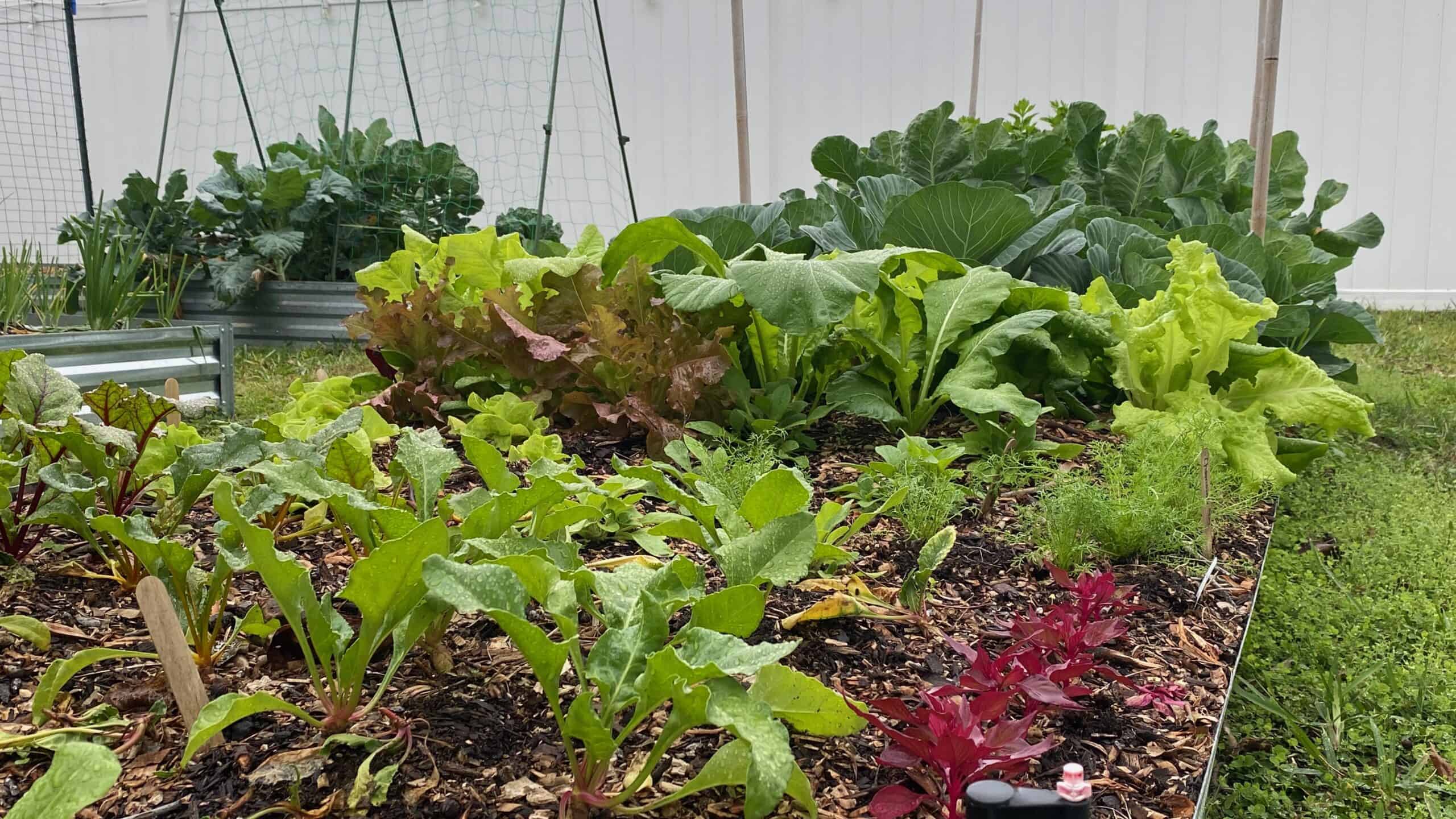Last Updated on February 9, 2024 by Homegrown Florida
Embarking on your gardening journey is an exciting venture, and choosing the right container is your first step. In this guide, we’ll explore the essentials of starting a container garden, sharing insights and tips to set you on the path to growing thriving plants.
Selecting the Perfect Container
Containers for your garden come in various shapes and sizes. The featured choice here is the GreenStalk tiered gardening system, but the possibilities are endless. You can repurpose pots, use bags from soil packages, or explore creative alternatives. The key consideration is ensuring adequate drainage holes to prevent water accumulation and root rot. If your chosen container lacks drainage, don’t forget to add them using a drill or other tools.
Crafting a Nourishing Environment with Soil
A crucial element in container gardening is the soil. Opt for an all-purpose potting soil readily available at nurseries or box stores. Elevate its nutrient content by adding layers of black kow, creating a lasagna-style arrangement. The sponge-like effect of black kow aids in retaining moisture, a vital aspect given containers’ tendency to dry out faster. A top layer of black kow functions as a natural mulch, keeping the soil moist and the roots cool.

Getting Started with Transplants
For beginner gardeners, starting with transplants is an excellent strategy. These are young plants available at big box stores or nurseries, sparing you the challenges of seed germination. While seeds are cost-effective, transplants offer a smoother introduction to the joys of gardening. They may be pricier, but the confidence gained from successfully nurturing a plant to full size is invaluable.
Mastering Watering Frequency
Container gardening demands attention to watering frequency due to quicker drying. Ensure your plants receive sufficient water, typically two to three times a week, adjusting based on temperature and evaporation levels. A simple test involves inserting your finger into the soil; if it comes up with moisture, your plants are well-hydrated. Dry and brittle soil signals the need for more watering.
Fertilizing for Growth
Containers pose a unique challenge as they lack the continuous addition of organic material found in traditional gardens. Regular fertilization becomes crucial. Adjust the fertilizer quantity based on your plant’s needs – tomatoes may require more than lettuce. Liquid fish fertilizer is a commendable choice for container gardening, providing a swift nutrient boost for your transplants.

Planting the Seed of Green Success
Embarking on container gardening as a beginner involves five fundamental steps – selecting a container, nurturing the soil, opting for transplants, mastering watering, and implementing strategic fertilization. This guide aims to empower you to dive into the world of gardening with confidence. Grab a container, pick some transplants, and let the gardening journey unfold. Happy gardening!


